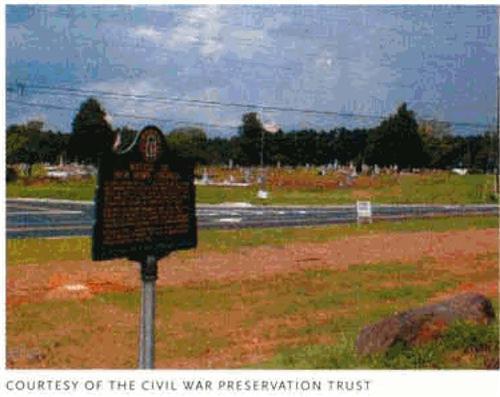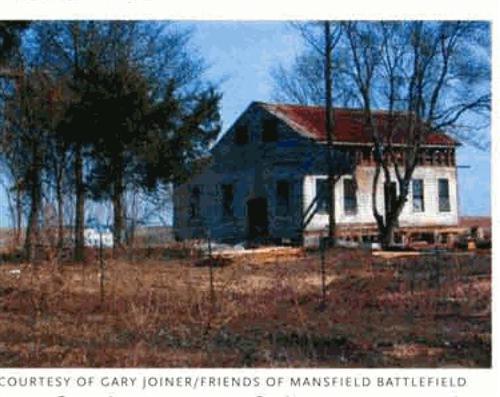Sign up for the Family Tree Newsletter Plus, you’ll receive our 10 Essential Genealogy Research Forms PDF as a special thank you!
Get Your Free Genealogy Forms
"*" indicates required fields
The Civil War Preservation Trust (CWPT) <www.civilwar.org> announced in February its list of this year’s 10 most endangered American Civil War battlefields, plus 15 more at-risk sites.
During the Civil War, Union and Confederate forces fought more than 10,000 battles and skirmishes across the country. Nearly 20 percent of those battlefields have already disappeared, according to the CWPT, and 15 percent are protected through acquisition by preservation groups or as historic parks. Development in nearby cities and towns threatens most of the battlefields on CWPT’s 2004 list (the sites aren’t ranked). “Without swift and decisive action, many of the sites listed in our report will be little more than a memory within a few years,” says CWPT president Jim Lighthizer.
CWPT officials consulted with historians and local preservation groups to choose the following battlefields based on military significance, geographic location and the immediacy of the threat.
•New Bern, NC: This strategic port and railroad city fell to Union forces March 14, 1862. The battlefield is gradually succumbing to urban growth.
• Chancellorsville, Va.: The site of battles in April and May 1863, Chancellorsville recently hosted a preservation fight that ended with the March 2003 defeat of plans to build houses on the battlefield. Development still threatens several areas.
• Franklin, Tenn.: A new school sits on land adjacent to Harrison House, where Confederate commanders met before the Nov. 30, 1864, battle at Franklin. A public library is planned for the campus of the Battle Ground Academy, a private school built on the battlefield in the late 1800s.
•Fort Donelson, Tenn.: Gen. Ulysses S. Grant’s victory at Fort Donelson in February 1862 tore apart Confederate defenses in the West. Less than a quarter of the battlefield is protected, and much of it is privately owned.
• Glendale, Va.: Also known as Frayser’s Farm, Glendale is where Gen. Robert E. Lee made a final attempt to split the Union’s Army of the Potomac in June 1862. Only a small part of the battlefield is preserved in the Richmond National Battlefield Park.


• Morris Island, SC: On July 18, 1863, the 54th Massachusetts — an African-American regiment — assaulted Fort Wagner, located on Morris Island. (The 1990 movie Glory depicted this battle.) CWPT says a proposed housing development would destroy what remains of the fort.
• Wilson’s Creek, Mo.: The first major Civil War battle west of the Mississippi River was fought here Aug. 10, 1861. Nearly three-quarters of the battleground is protected, but CWPT fears the impact of a proposed 1,500-house development next door.
• South Mountain, Md.: Much of South Mountain looks as it did around the time of the 1862 battle, but its eastern side is vulnerable to development.
ADVERTISEMENT
